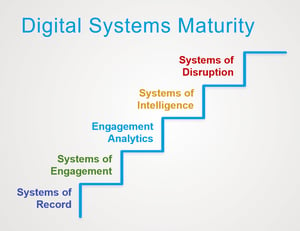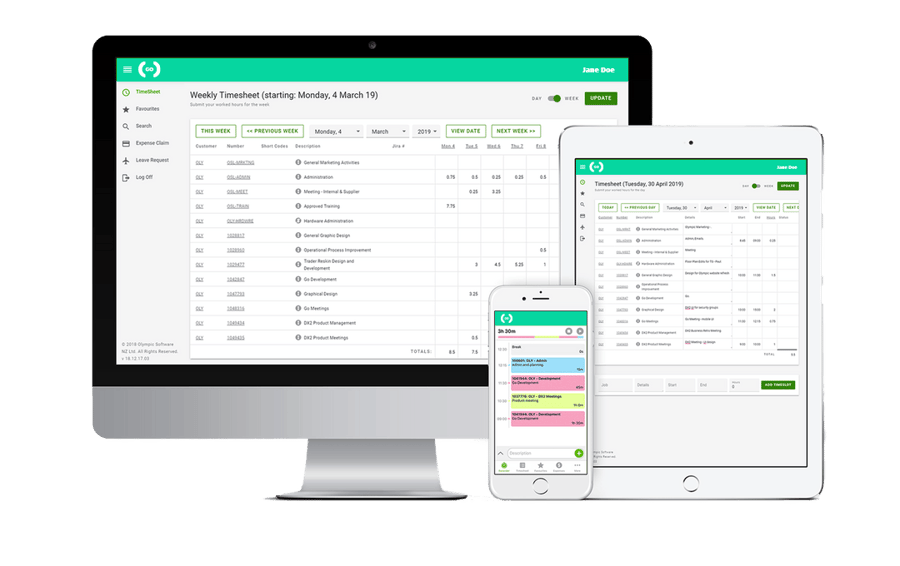Information systems can either be thought of as Systems of Record or Systems of Engagement. What's the difference?
 Can you remember the last time you wrote a personal cheque? If you're like me, you probably don't know where to find your old chequebook, or even when the last cheque was written. Those chequebook days can be thought of as 'Systems of Record' days, in that your cheque was processed by someone in a clearing house by keying the details into a system of record.
Can you remember the last time you wrote a personal cheque? If you're like me, you probably don't know where to find your old chequebook, or even when the last cheque was written. Those chequebook days can be thought of as 'Systems of Record' days, in that your cheque was processed by someone in a clearing house by keying the details into a system of record.
Now move forward to today. You're in a supermarket and your cheque account has insufficient funds. Solution - use your smartphone to transfer funds on the spot. It's just so easy. In fact, think of any transaction for any purchase and how easy it is. Smartphones and tablets with data connections have shifted the power of the transaction to the consumer. We are using devices that allow us to engage with the backend systems of record, in real time. This can be thought of as using 'Systems of engagement'.
While there's been an explosion in these systems of engagement for the consumer, bringing ease to everyday tasks; the same cannot be said for the business user. The journey to smart devices that connect with the back office to perform work oriented tasks hasn’t exploded at the same rate as the transaction types are very different and often more complex. However, technology continues to create huge opportunities for the knowledge worker. Processes are just itching to be optimised and made more effective and efficient.
At Olympic, we've been optimising a system of engagement designed for dispersed workforces for some time now called Go Timesheets, Expenses and Leave for large organisations.
Consider, that your job requires you to work in the office as well as out in the 'field'. You need to record time against a job, it starts when you arrive and finishes when you leave and it might be billable. You might need to fill in a form, or perhaps you need to take photos and upload them against the job. It is possible to capture all of this information, using a mobile or tablet, against a job number, at the time of engagement using our Go workforce management solution.
No network coverage? No problem. Work offline and connect and upload when back in the office. When connected to the back office the timeslots and other info can be uploaded.
The ability to capture information at the time of engagement against a job is powerful. It improves accuracy, billable hours, and allows all relevant information to be linked together rather than saved in disparate systems.
The Ministry for Primary Industries was seeking to create a consistent way of recording, reporting, and in some areas recovering costs, for the time and services, of the over 2,000 people who work for MPI. They chose our Go workforce management solution to do this. Read their customer story here.

